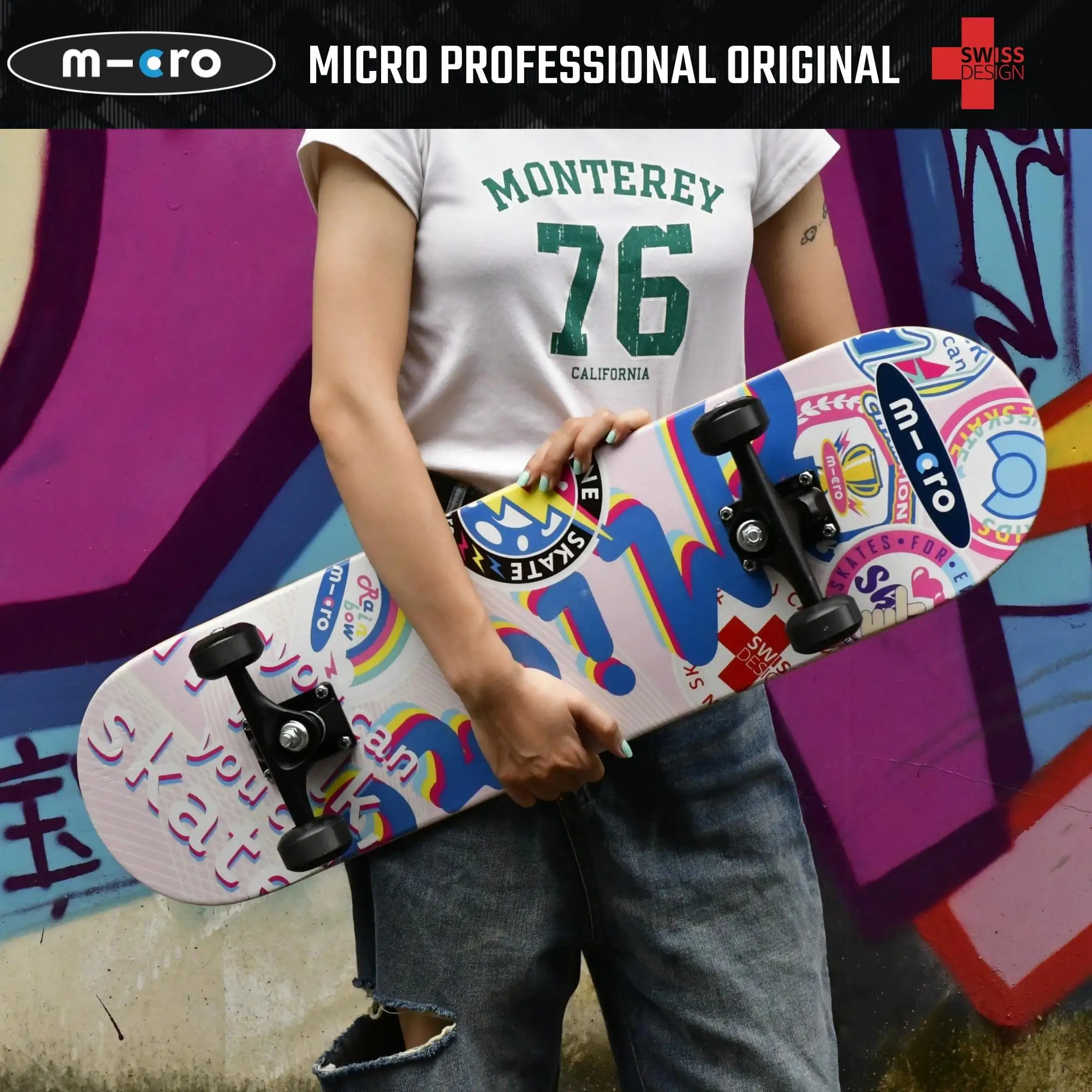
Complete Pro Skateboards | Maple Wood Skateboard | Pro Skateboard Decks | Maple Wood Deck - Aliexpress

Complete Pro Skateboards | Maple Wood Skateboard | Pro Skateboard Decks | Maple Wood Deck - Aliexpress

Madd Gear 31 x 7-inch Double Kicktail Standard Beginner Complete Skateboard Maple Deck 50mm Wheels Cobra - Walmart.com

Santa Cruz Classic Dot Micro 7.5" Complete Skateboard In Pink - Fast Shipping & Easy Returns - City Beach Australia





















